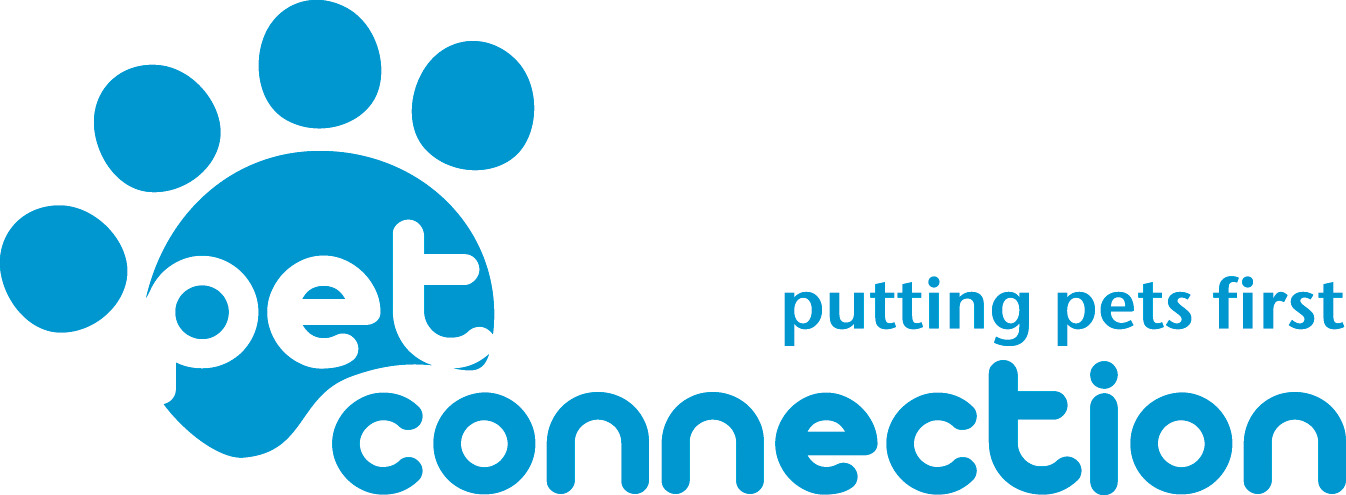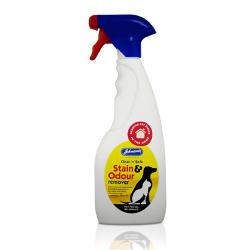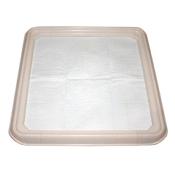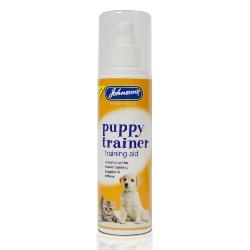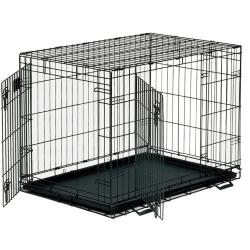Toilet Training Whether you are starting at the beginning of toilet training with a new rescue dog who has never been in a home environment, or you have a puppy from a responsible breeder who has taught the basics of toilet training, it is fairly rare that a new dog will come into a new home and not have an accident or two as they figure out their new environment.
House training will be a learning curve for your dog, and often for you as the owner too. The key is consistency, praise, positive reinforcement and admitting that if your dog has an accident, it is because you were not watching them closely enough!
Most adult dogs can be house trained within a week or two, whereas puppies will usually be no less than 4 months when they are truly trained to toilet outside on all occasions, although with careful attention from their owner it is possible to have very few or zero accidents after the first couple of days. However, until your puppy grows up a little and develops physically and mentally, accidents in the home should not be assumed to be the dog's fault, even if they haven't had an accident in weeks and you assumed that training was complete.
Here are some tips and recommendations on how to house train a dog. How To Toilet Train a Puppy?Until you are confident that your dog is completely toilet trained, constant supervision and consistency in offering opportunities to toilet outside are imperative. This may seem daunting, but you can still have a break from your dog! When you are not directly watching the dog, without other distractions, the dog should be confined to an area small area such as a crate (see our Crate Training guide) or attached to you via a lead, so that they do not have a single opportunity to toilet without you noticing.
Accidents in the home should never be punished, this will only result in a dog which is scared to go to the toilet in front of you as they will fear consequences, and will make house training a puppy immensely more difficult.
If an accident occurs, clean it immediately with an enzymatic cleaner such as Four Paws Urine Eliminator, which will break down the chemicals in the urine or excrement and ensure that the dog is not tempted back to soil that same area repeatedly. If your dog is constantly using the same area inside the house to toilet, try Don't Pee Here spray.
Dogs are fairly predictable when it comes to their toileting habits, so key times to expect that they will need to go are 20 minutes after they eat or drink and immediately after waking up from a nap or after a burst of exercise. When toilet training, it is also recommended to take them outside to their toileting area at least once every hour aside from these key times. If your dog is distracted when outside and does not take the opportunity to go to the toilet, keep them on a lead and be as boring as possible, so that they have nothing else to do. If the dog does not go to the toilet after 10 minutes of waiting outside, still give no attention and take him inside. Look out for signs that they are ready to go - such as suddenly becoming intensely focused and sniffing around the ground. Immediately return outside upon these signals. For persistent offenders of going to the toilet as soon as you return indoors, carrying or tethering the dog to you for 10-15 minutes before returning outside can help to break the cycle.
When the dog starts to perform outside, put a name to that action, eg ‘piddle’. Repeat the words ‘piddle, piddle, piddle’ while the pup is toileting. This will allow them to associate the word with the action and eventually toilet on command.
The most important part of toilet training is to reward the dog when they do as you ask, ie go to the toilet outside. Lots of praise and tasty treats when he performs outside will teach him that he has done the correct thing and will encourage him to repeat the action. A 'jackpot reward' can be used to thoroughly reinforce this desirable behaviour, which should involve multiple treats and a lot of praise over a 1 minute period. Throughout toilet training, rewards should be highly motivational to the dog, so be sure to have his favourite treats on hand. We recommend small, softer treats such as Pet Munchies Training Treats.
Every time that your dog has an accident indoors, is a missed opportunity to praise them for going to the toilet outside. If this is a persistent issue, you are simply not observing your dog closely enough when inside, or praising heavily enough when they go outside.
Frequently Asked QuestionsMy dog is pooing/peeing as soon as I take them back inside, what do I do?If your dog does not toilet outside and you expect that they do still need to go, you should carry them, tether them to you with a lead, or crate them upon your return indoors. Do not allow them the opportunity to toilet on their return to the home. Return outside every 10-15 minutes, or upon signs of needing to go to the toilet, until they successfully go to the toilet outside.
Should I use Wee-Wee Pads?Wee-Wee pads are very useful for house trained dogs whose owners are out of the house for long periods of time. After your pup is fully house trained, you can train them to use a Wee-Wee pad by taking the pad to their usual outdoor toilet spot for a few days. It is useful if your dog will use Wee-Wee pads for if they are ever unwell or when they get older and become less able to get outside on time.
What are the signs that a dog needs to eliminate?Whining, barking, sniffing the ground, scraping at the door or the ground and circling are all indications that your dog needs to go outside, and should be taken outside immediately.
Are smaller dogs more difficult to housetrain?Smaller dog have smaller bladders and higher metabolisms, therefore they require more frequent trips outside.
My dog has been house trained for months but has had an accident?Accidents are common in dogs up to a year of age. This can be down to inconsistent training, forgetful owners or medical conditions. If your dog has a single accident, return to house training techniques for a few days, taking them outside on a lead and giving praise when they eliminate outdoors. If the problem persists or the dog seems unable to control themselves, consult your vet.
House Training Tool KitThe ideal house training toolkit for a puppy would include puppy pads, a crate, a leash and collar, rewards, a cleaner or odour remover, and more than anything else: patience.
Puppy pads are a good option for puppies who are still learning how to hold their bladders. They can be placed in any room where your puppy is allowed to be, and they will absorb urine and feces. A crate can be a helpful, as the dog is less likely to have an accident and soil their own space. Make sure to have a leash and collar that makes your dog comfortable, and delicious treats to reward your puppy when is correctly goes potty outside. You'll find below a selection of must-have items for house training a puppy. |
